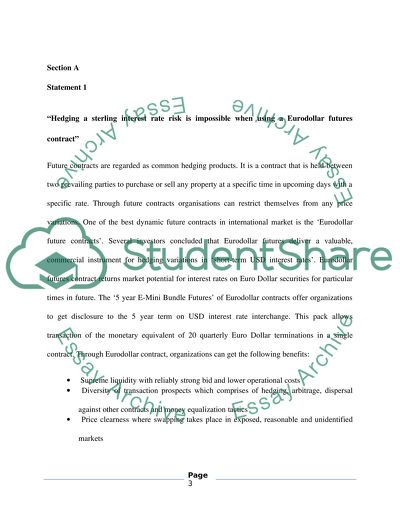Cite this document
(“Derivative Markets Essay Example | Topics and Well Written Essays - 1750 words”, n.d.)
Derivative Markets Essay Example | Topics and Well Written Essays - 1750 words. Retrieved from https://studentshare.org/marketing/1432059-derivative-markets
Derivative Markets Essay Example | Topics and Well Written Essays - 1750 words. Retrieved from https://studentshare.org/marketing/1432059-derivative-markets
(Derivative Markets Essay Example | Topics and Well Written Essays - 1750 Words)
Derivative Markets Essay Example | Topics and Well Written Essays - 1750 Words. https://studentshare.org/marketing/1432059-derivative-markets.
Derivative Markets Essay Example | Topics and Well Written Essays - 1750 Words. https://studentshare.org/marketing/1432059-derivative-markets.
“Derivative Markets Essay Example | Topics and Well Written Essays - 1750 Words”, n.d. https://studentshare.org/marketing/1432059-derivative-markets.


